
AeroGenie — Seu copiloto inteligente.
Tendências
Categories
AI Enhances Predictive Analysis in Maintenance and Repair

AI Enhances Predictive Analysis in Maintenance and Repair
Addressing Data Overload in Aviation and Manufacturing
At prominent industry events such as NBAA, MRO Americas, and EBACE, a persistent challenge in the maintenance, repair, and overhaul (MRO) sector has come to the forefront: the overwhelming volume of data generated by aircraft and industrial equipment. Sensors, manuals, and maintenance logs produce vast quantities of information, yet converting this data into actionable insights remains a complex task. Peter Velikin, General Manager and Senior Vice President of CAMP Systems’ Enterprise Information Systems, highlights that maintenance teams frequently encounter difficulties in transforming raw data into clear, practical guidance for their operations.
The Role of Artificial Intelligence in Predictive Maintenance
Advancements in artificial intelligence are increasingly addressing these challenges by enhancing predictive analysis capabilities within both aviation and manufacturing industries. AI-driven models analyze usage patterns alongside historical repair data to identify potential faults before they manifest, enabling proactive maintenance interventions that reduce downtime. Generative AI tools further augment these efforts by interpreting technical documentation and recommending precise repairs and subsequent actions.
Beyond fault detection, AI contributes significantly to operational planning by examining trends and repair histories to forecast future maintenance requirements. This predictive insight facilitates more efficient scheduling and ensures timely availability of parts and labor. Additionally, AI-powered automation is streamlining the quoting process, producing faster and more accurate maintenance estimates. Such improvements not only enhance operational efficiency but also foster greater transparency and trust between operators and service providers through clearer contractual and financial communications.
Challenges and Industry Adaptation
Despite the clear advantages, the integration of AI-driven predictive maintenance faces several obstacles. High upfront costs, the necessity for comprehensive and high-quality datasets, and a shortage of skilled personnel capable of managing and interpreting AI outputs pose significant barriers. Furthermore, resistance from traditional maintenance teams accustomed to established practices complicates the adoption process.
Nonetheless, the market response has been predominantly positive. Organizations are investing heavily in AI technologies to lower maintenance expenses and reduce aircraft downtime. The manufacturing sector is witnessing rapid growth in predictive maintenance solutions, propelled by the increasing use of advanced analytics.
To maintain a competitive edge, industry participants are accelerating their AI development efforts or forming strategic partnerships with specialized AI firms. A notable example is C3 AI, which recently secured a $450 million contract modification from the US Air Force to expand its predictive analytics platform. This development underscores the growing dependence on AI-powered maintenance solutions across both commercial and military aviation sectors.
The Future Trajectory of Maintenance Operations
As AI becomes more deeply embedded in maintenance and repair workflows, it is set to fundamentally reshape how industries manage equipment reliability and operational efficiency. While challenges persist, the momentum behind AI-enhanced predictive analysis heralds a transformative era in which data-driven insights enable smarter, more proactive decision-making across aviation, manufacturing, and related fields.
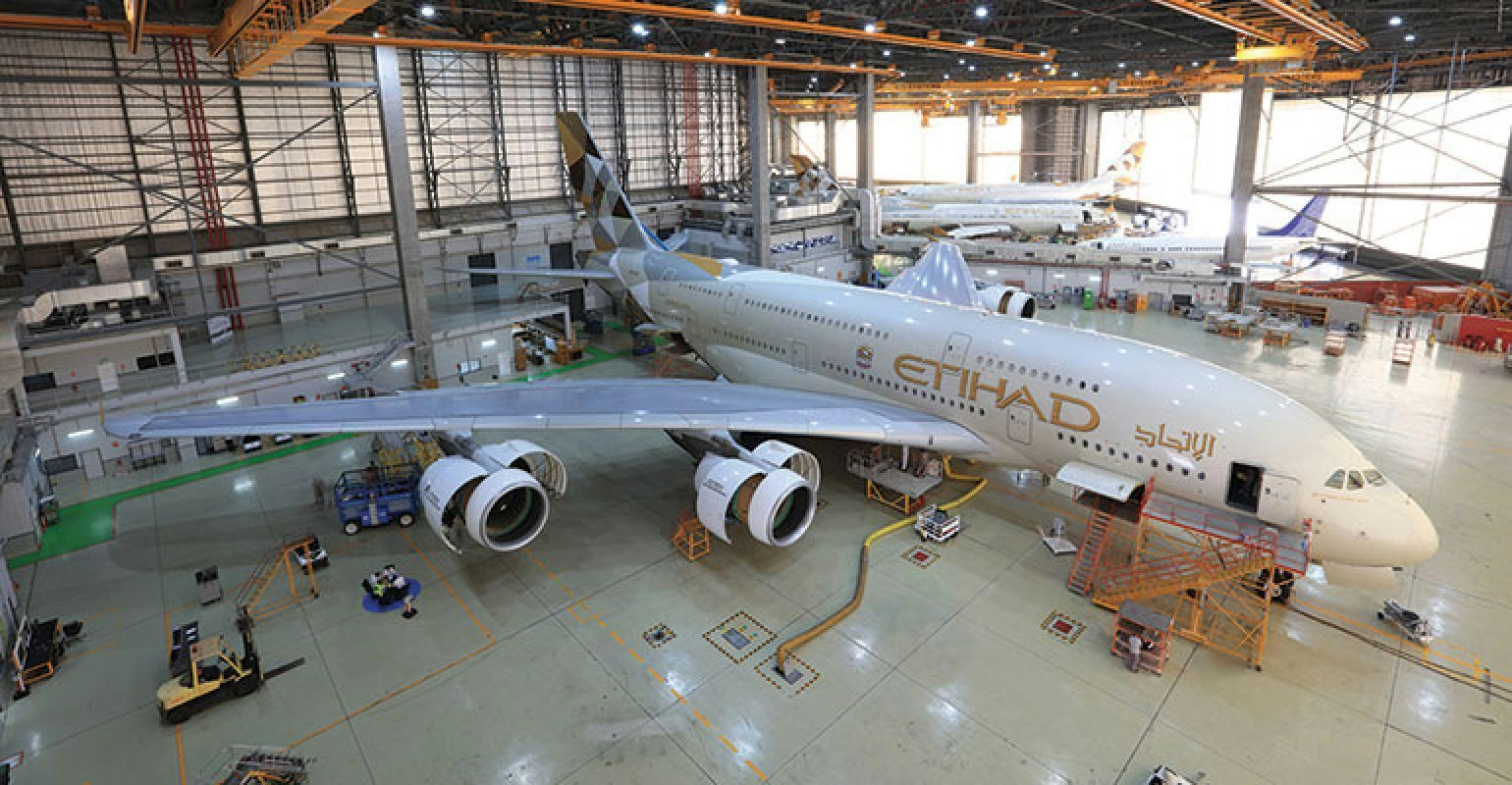
Etihad Airways’ Airbus Widebody Expansion Supports UK Manufacturing

Thai Airways seeks more widebodies to develop its hub strategy
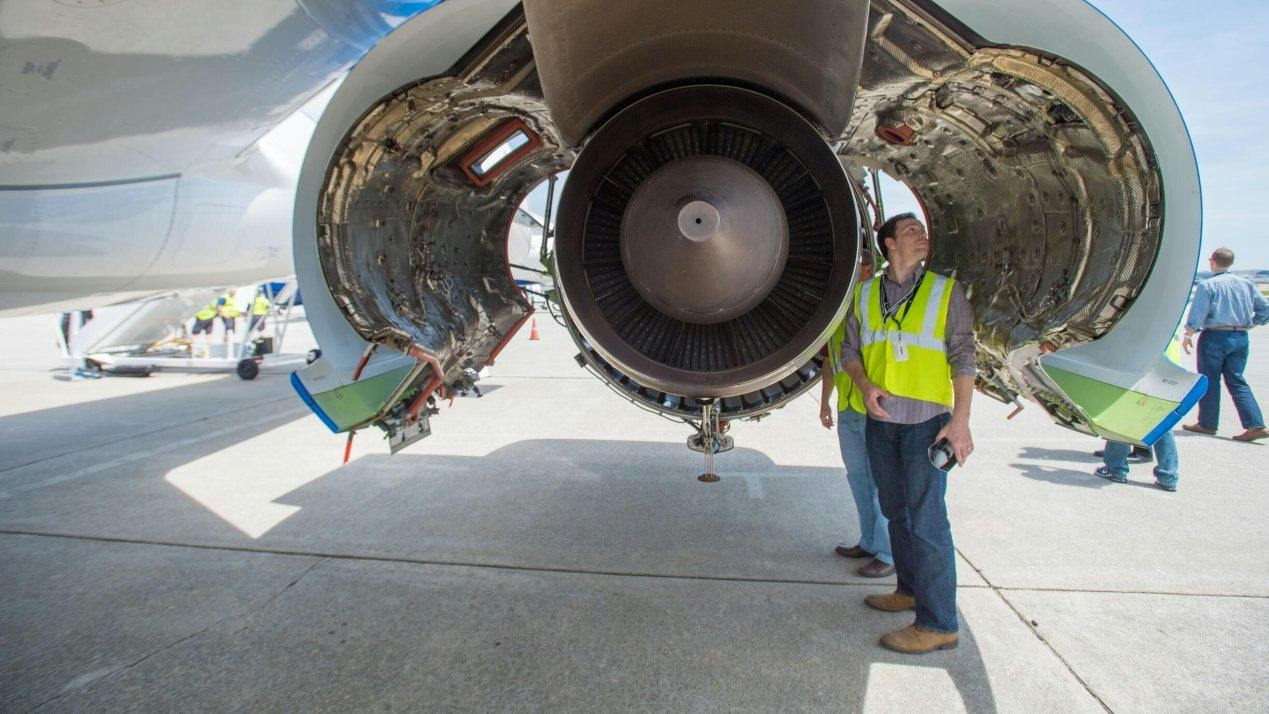
Engine Shortages Pose Major Challenge for Airbus A220

TLC Jet to Acquire Private Aviation Operator Privaira
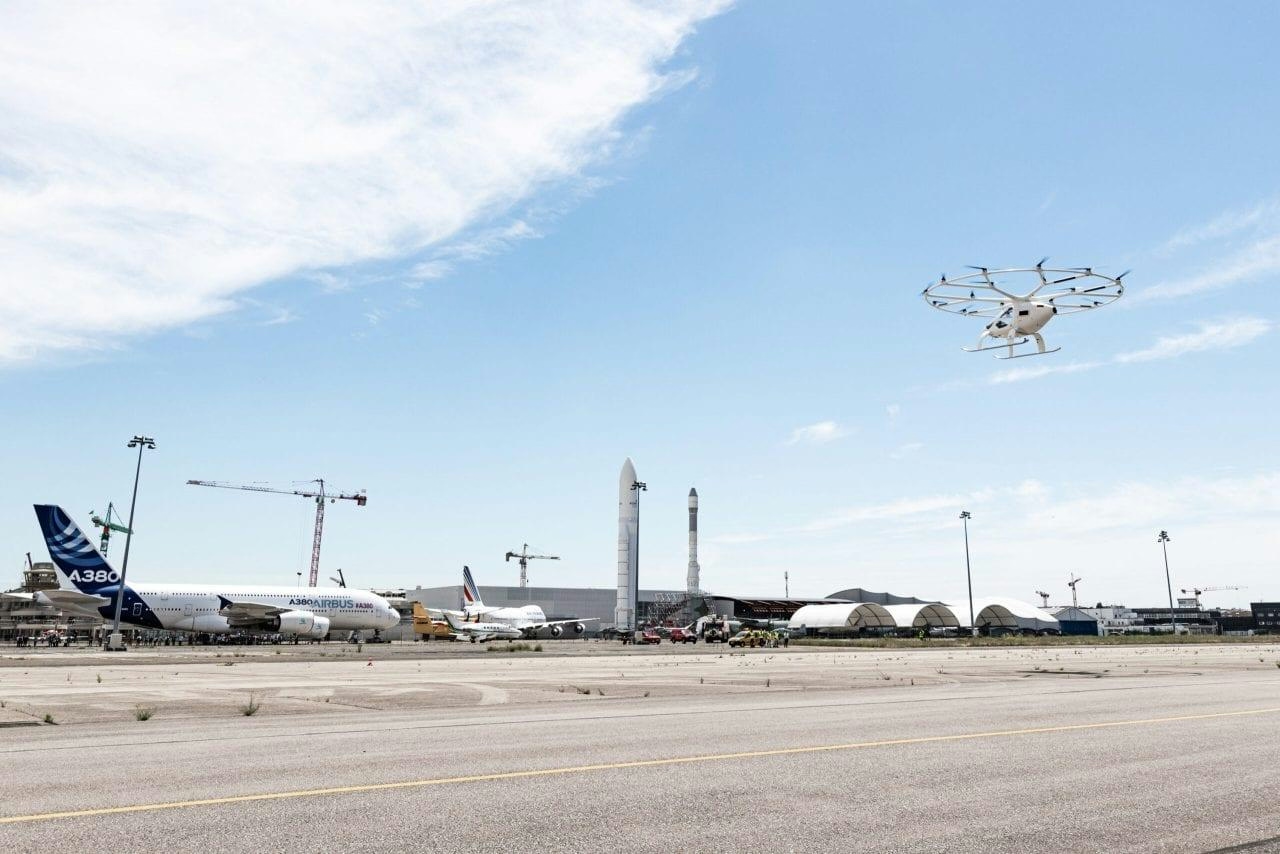
Volocopter to Launch First European eVTOL Sandbox Program in 2026

Joby Reveals Locations for New Vertiports

Ariyax Capital Launches AXPT Initiative
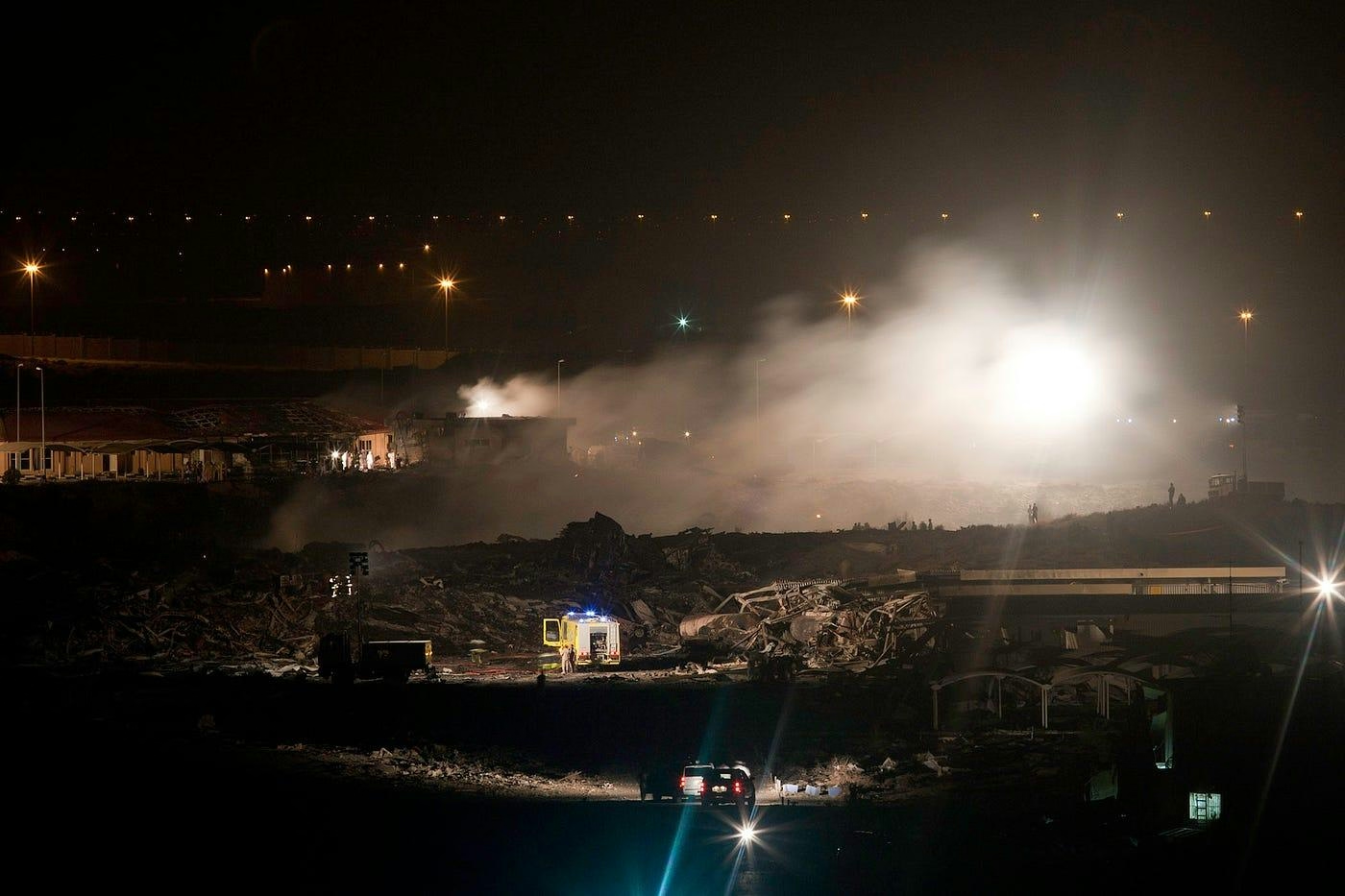
Report: 747 Engine at Full Throttle During Fatal Hong Kong Runway Excursion
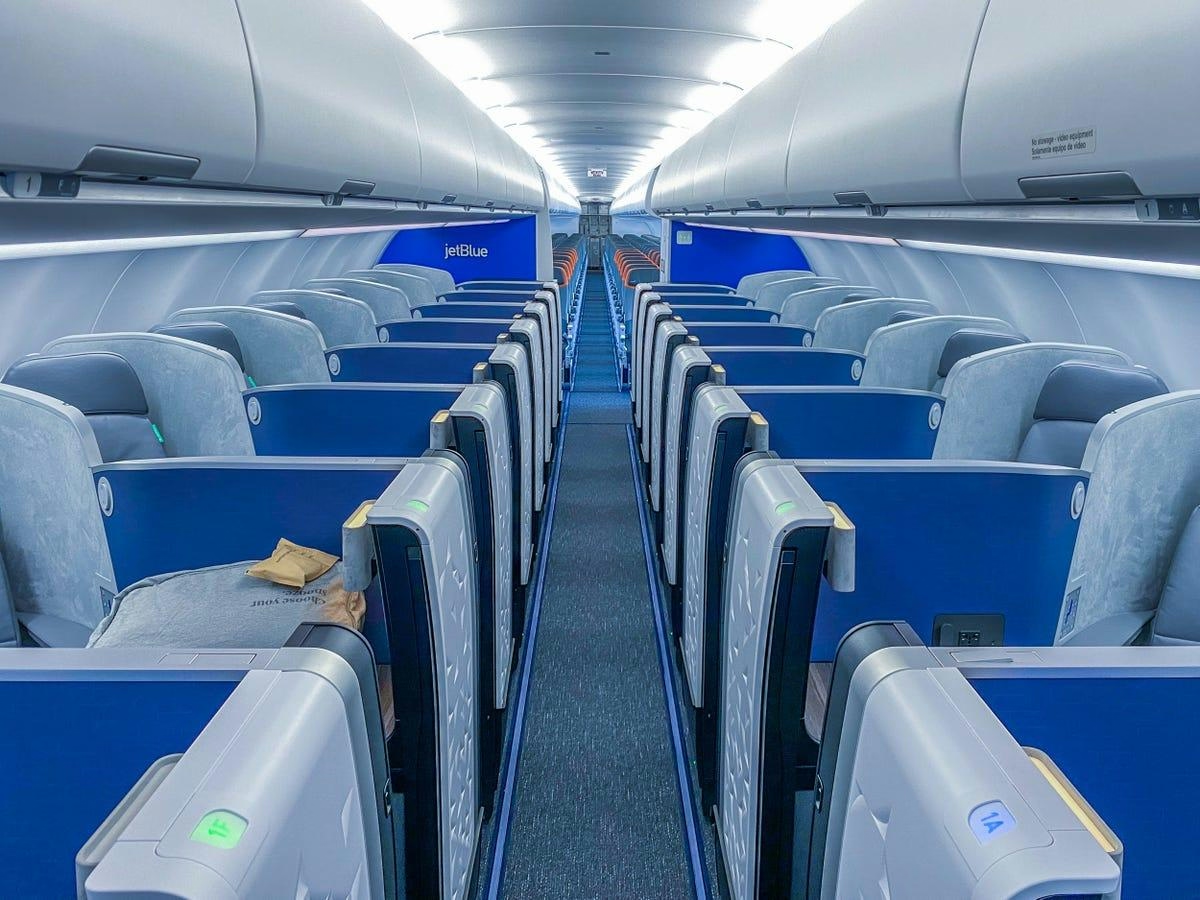
Airlines Shift From Widebody to Narrowbody Aircraft on Long-Haul Routes
